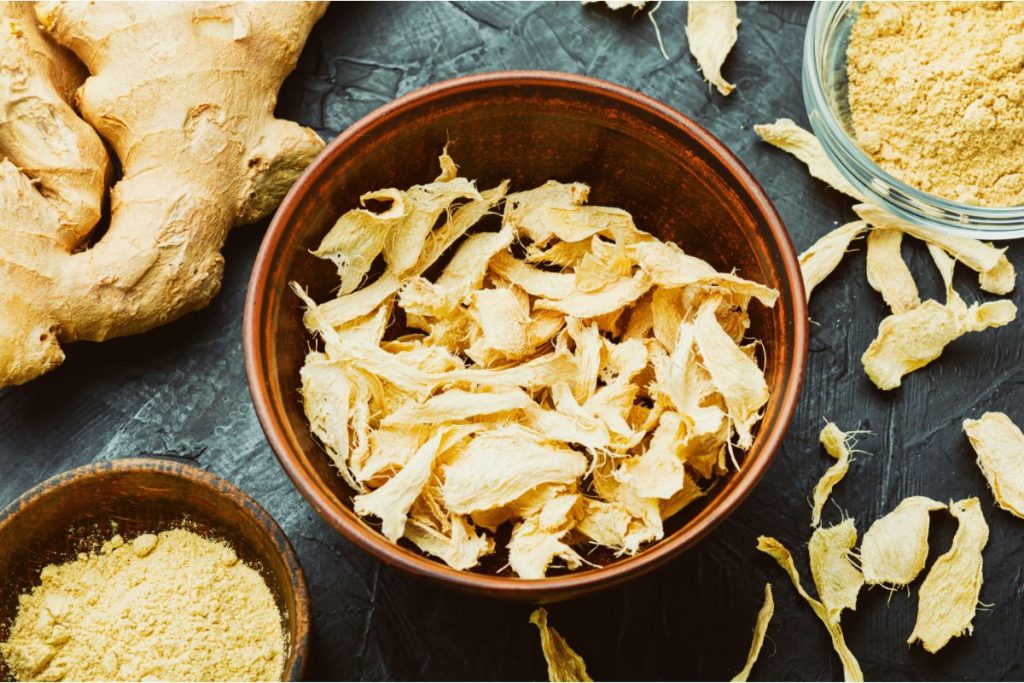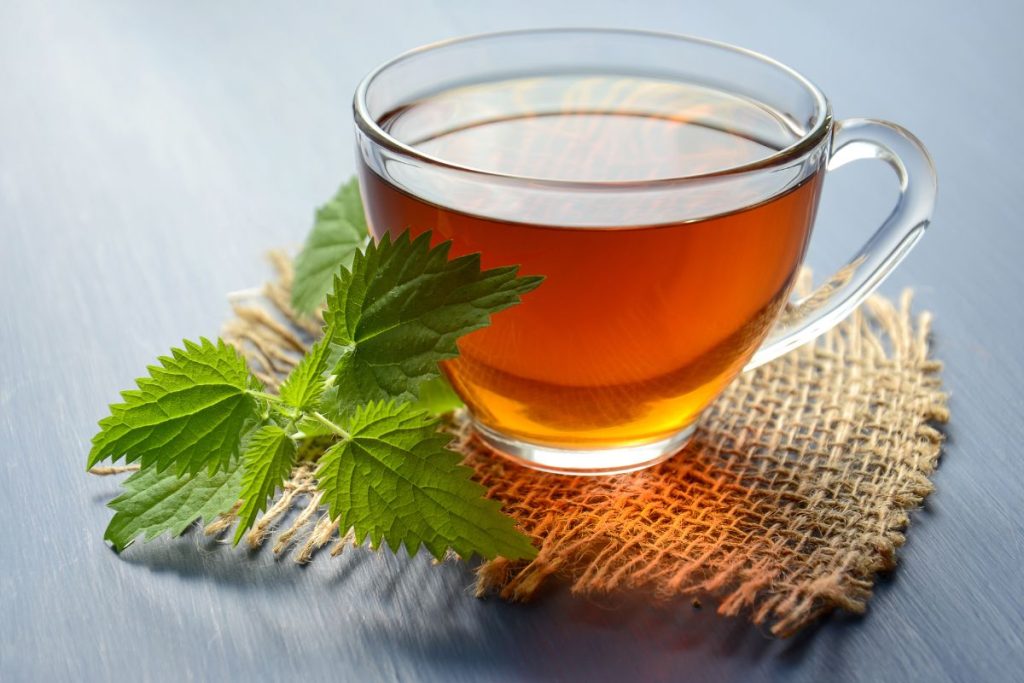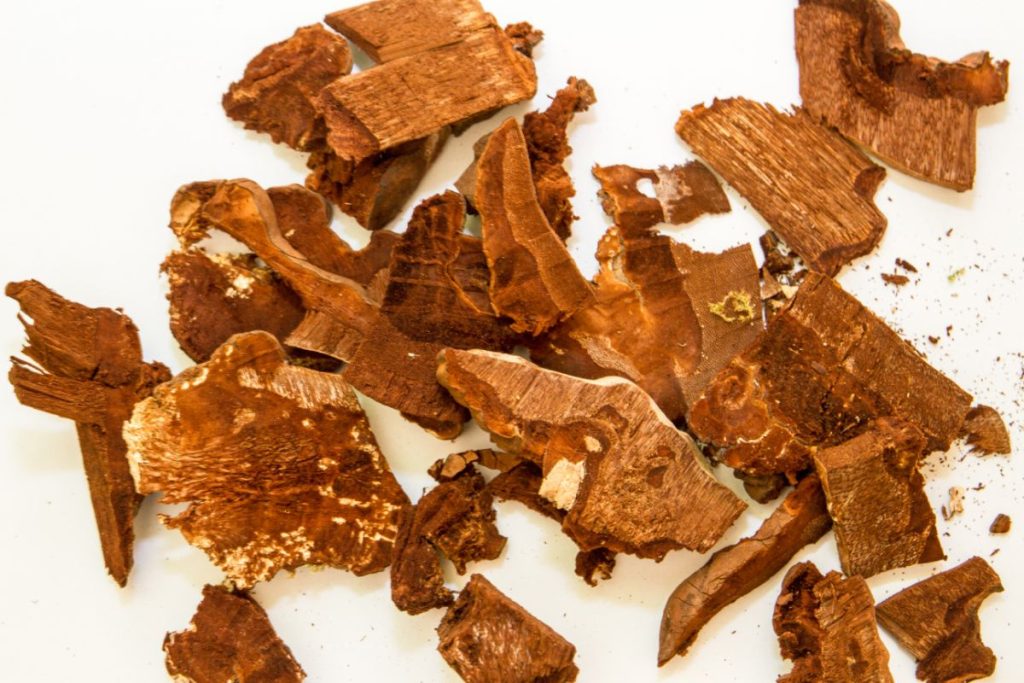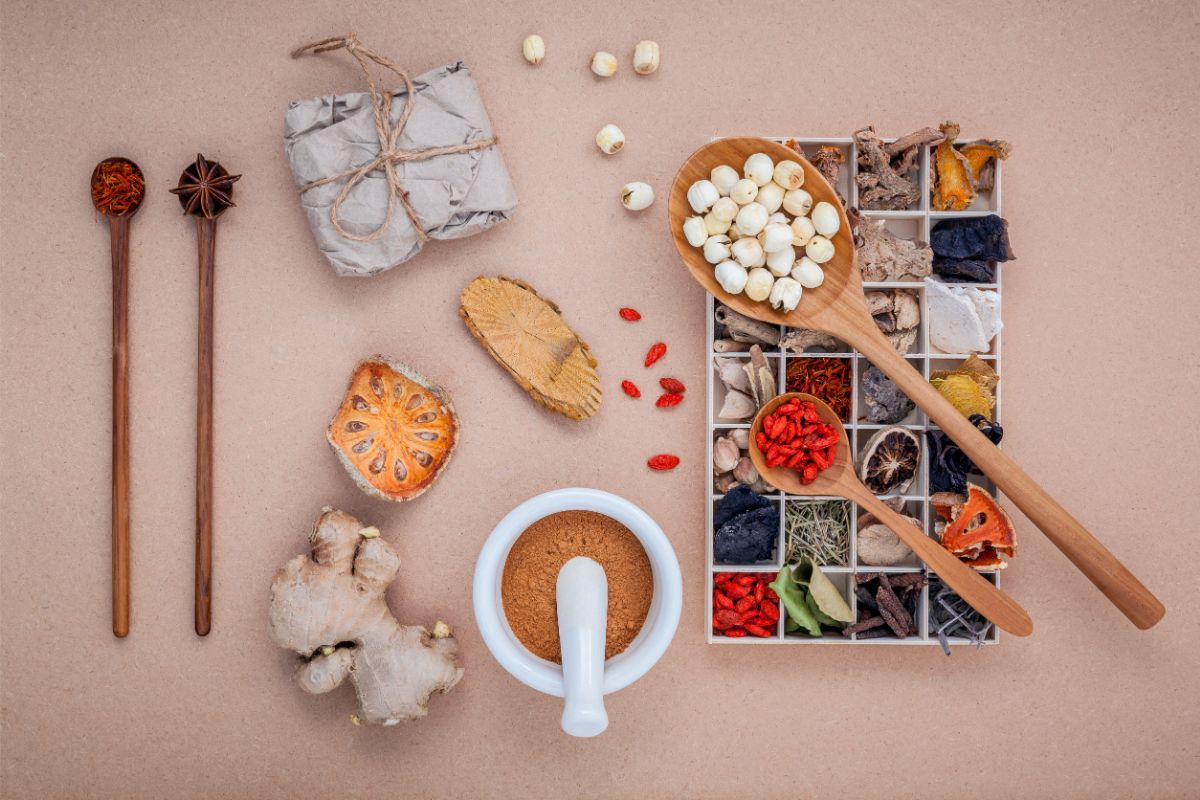To dry herbs and roots for medicinal use, harvest mature plants and rinse them well. Spread thinly sliced herbs and roots on a dehydrator tray in a single layer, separating them for air circulation. Set the food dehydrator temperature to the herbs setting or 95°F and dehydrate for 1-4 hours.
Table of Contents
How Do You Dry Roots for Medicine?
Drying roots for medicinal purposes involves removing moisture from the roots while preserving their medicinal properties.
- Begin by harvesting the roots at the appropriate time, which is most often in the Fall for many plant species. Make sure that the plants are mature with well-developed roots.
- Thoroughly remove the soil and debris from the roots using cool, running water. To ensure that you get rid of all the dirt, use a soft brush or cloth to clean them gently without causing damage.
- Chop off any side roots or parts that are not needed, diseased, or damaged. To ensure uniform drying, cut the roots into small pieces.
- If you are using a food dehydrator or the roots are large, consider slicing them lengthwise to make them thinner for faster and more even drying. Set the temperature to the lowest setting or between 95°F and 135°F, and dehydrate for 1–4 hours.
- For air drying, choose an area that is dark and cool with good air circulation, away from direct sunlight. This helps the roots retain their medicinal value. You can hang the roots in bundles or use a drying rack or screens. Space them evenly to allow airflow between them.
- Check the roots regularly for any signs of mold, pests, or rot, and remove any damaged parts or pieces immediately to prevent contamination. Drying time depends on various factors such as the drying method, root size, moisture content, and environmental conditions.
- Check for dryness by breaking a small piece and checking the moisture of the interior, which should be dry, hard, and brittle. If the roots show any signs of moisture, give them more time to dry.
- Once the roots are dried, you can grind them into a fine powder or store them whole.
- Store the dried roots in airtight containers away from light, moisture, heat, and pests. The storage area should be cool and dark to help the roots maintain their potency for a longer period of time.

Can A Dehydrator Be Used to Dry Herbs?
Yes, you can use a food dehydrator to dry herbs. Using a dehydrator helps preserve herbs and keep their flavor and nutrients intact. Using an oven may destroy the medicinal properties of many herbs due to a higher drying temperature.
How Do You Dry Plants for Medicinal Use?
Sun-drying is a simple and effective method for drying plants, such as herbs, flowers, and leaves.
- Select the plants that you want to sun-dry. Plants such as basil, oregano, and thyme are best sun-dried because of their high moisture content. Plants like rosemary, nettles, and sage can be sun-dried, but they can also be air-dried in a brown paper bag with holes to ensure good airflow.
- Wash the plants thoroughly in cool water, and then pat them dry with a clean kitchen cloth or paper towel. Remove any discolored or wilted leaves.
- Cut the plants into 1/2-inch pieces to help them dry more quickly.
- Spread the plants in a single layer on a screen, tray, or other flat surface to ensure even drying.
- Let the plants lie in a sunny spot, undisturbed. The most effective temperature for sun drying ranges between 70°F and 90°F. Avoid too much heat or direct sunlight, which causes the plants to lose their flavors and nutrients.
- Keep turning the plants every few hours to ensure that they dry evenly.
- The drying time will vary depending on the type of plant and the thickness of the pieces. This usually takes 2–4 days. Bring the plants indoors every night to ensure dew doesn’t rehydrate them.
- Check the plants regularly for dryness. They should be dry and brittle and snap when bent.
- Store the sun-dried plant pieces in airtight containers in a cool, dark place.

What are the Benefits of Drying Herbs for Medicinal Use?
There are many health benefits associated with drying herbs for herbal medicine, including:
- Improved digestion: Herbs like chamomile, peppermint, and ginger enhance digestion.
- Reduced inflammation: Herbs like ginger and turmeric have anti-inflammatory qualities that help reduce pain, stiffness, and swelling throughout the body.
- Improve the immune system: Herbs such as echinacea, elderberry, dandelion, and garlic boost the body’s immunity to help fight diseases and infections.
- Reduced stress and anxiety: Some herbs, including chamomile, lavender, and passion flower, relax the body and mind, lessen anxiety, and improve mood.
- Improved sleep: Some plants, such as chamomile, valerian root, and lavender, promote sleep and relaxation, which enhances general health and well-being.
- Pain relief: Herbs like ginger, turmeric, and arnica can help reduce pain from headaches and muscle aches.
- Improved circulation: Some herbs, such as ginkgo biloba, increases blood flow throughout the body, reducing the risk of heart disease and enhancing brain function.
- Weight loss: Green tea, ginger, and cinnamon have properties that contribute to weight loss.

What are the Benefits of Using a Dehydrator to Dry Herbs for Medicine?
Dehydrators have various features that make them ideal for drying roots and herbs for medicinal purposes:
- Adjustable temperature control: You can set and adjust the temperature according to the specific requirements of your herbs.
- Even and consistent airflow: A dehydrator provides consistent airflow to ensure the herbs receive equal heat distribution.
- Low heat operation: Compared to other drying techniques like oven drying, dehydrators function at low temperatures. The low heat preserves the volatile chemicals and essential oils contained in the plants.
- Multiple drying trays or racks: Dehydrators contain several drying trays or racks, giving room to dry large quantities of herbs simultaneously.
- Timers and automatic shut-off: With the timers and the automatic shut-off, you can set the desired drying time and ensure that the herbs are not over-dried.
Can You Dehydrate Mushrooms for Medicinal Use?
Yes, you can dry mushrooms for medicinal use. However, it’s important to note that not all mushrooms are created equal regarding dehydration. Some mushrooms, such as shiitake and Reishi mushrooms, are better suited for dehydrating.

How to Make Medicinal Tea from Dehydrated Roots and Herbs
- Choose fresh herbs and use one tablespoon of dried herbs for each cup of freshly boiled water.
- Add the herb bunches directly to the teapot or infuser and pour fresh, boiled water on top for the most potent infusion. Stir the herbs to make sure they are completely submerged.
- To keep the volatile oils in the cup during steeping, cover the tea. These oils must remain in the drink since they have therapeutic properties.
- Medicinal tea takes longer to brew compared to regular tea. Steep the tea for 15 minutes while covered to ensure full extraction of the medicinal properties.
- Strain the tea and enjoy it hot or iced.
How to Store Dried Medicinal Herbs and Roots
Store dried herbs and roots in a cool, dry, dark location in airtight containers. Label the containers with the name and the date harvested to keep track of your stock and use or rotate them as needed.
What is the Shelf Life of Dried Medicinal Herbs and Roots?
The shelf life of dried medicinal herbs and roots varies with the type of plant. Properly preserved dried herbs and roots can last for 1–3 years. Some plants, like ginger and turmeric, can be stored for up to five years.

